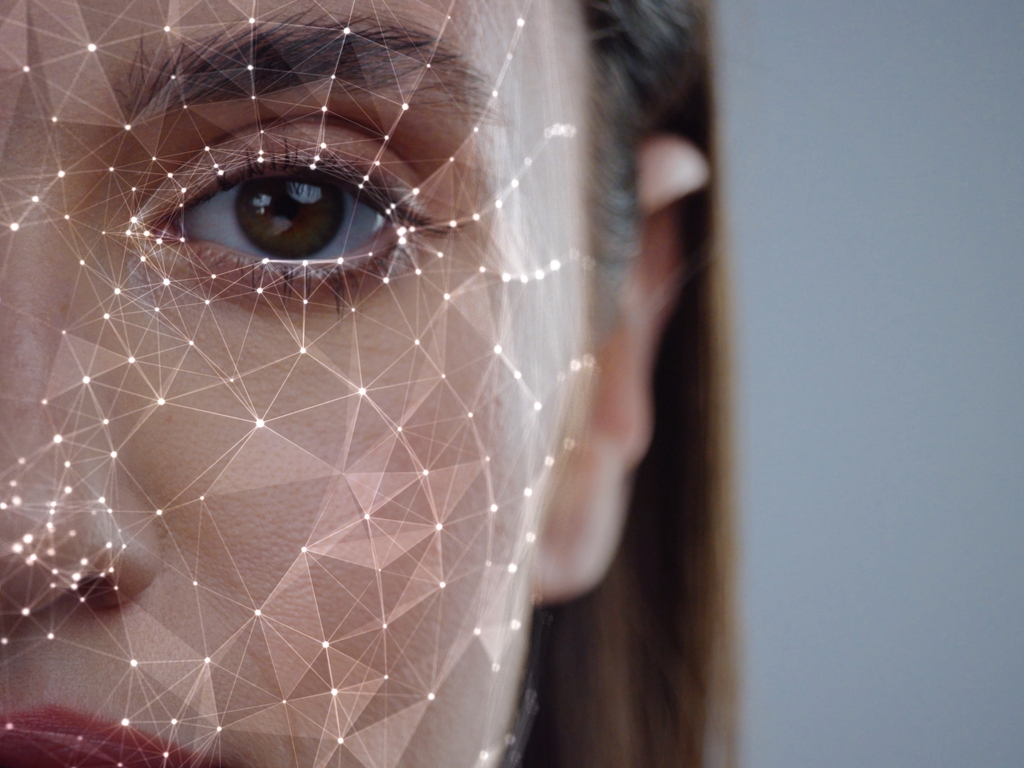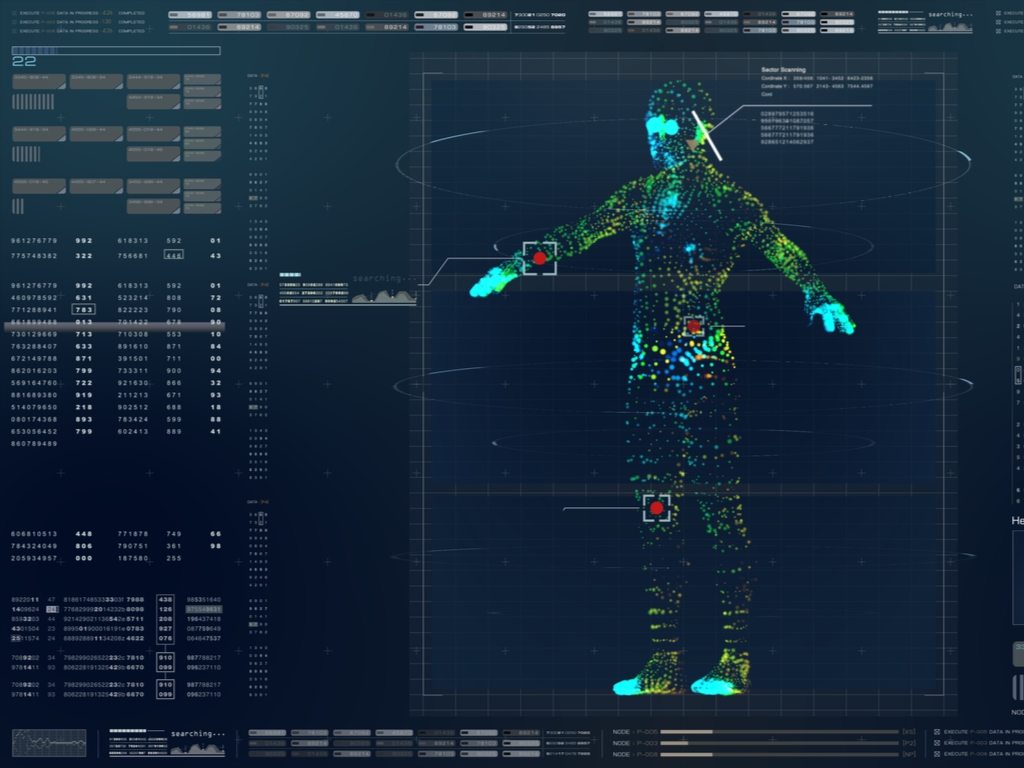Home > Insights > Market Research & Trend Analysis > Understanding the Difficulty of Clinical Diagnostics
Understanding the Difficulty of Clinical Diagnostics
May 2020

Why Clinical Diagnostics for Oncology is So Difficult?
Clinical diagnostics testing for cancer is not binary (yes for cancer, no for cancer-free does not exist). The testing process for screening, diagnosing, treating and monitoring is heavily reliant on information provided by clinical tests in order for a patient and his/her doctor to make treatment decisions.
These four types of tests can also be considered part of the cancer diagnostics workflow.

1. Early Detection
Screening occurs when you check the body for cancer before you have symptoms either through a physical exam or through screening tests such as PSA. Screening tests are not meant to detect cancer. These early detection tests often provide probability or likelihood that a person will have or does have cancer. Early detection is often combined with family history and other factors that allow physicians to make effective forensic diagnoses based on the information at hand.
2. Diagnosis
Tests in the “Diagnosis” part of the workflow are still more heavily reliant on tissue biopsies rather than liquid biopsies to determine the presence/absence of cancer cells within a body. Another tool used in the diagnosis of cancer is imaging technology, such as an MRI. In the typical sense of “diagnosis”, a binary decision is more commonly applied to the presence/absence of infectious disease (ie Ebola) and not often to the same for cancer cells.
3. Treatment Selection / Therapy Guidance
Once a diagnosis has been made, physicians and patients can use several emerging companion diagnostic tests to determine the best course of treatment for that particular cancer type. For instance, the Cobas® assay is used to determine which treatment to use for lung cancer based on specific mutations.
4. Monitoring
Routine monitoring to track the growth/progression of cancer cells within the body is an important diagnostic tool for patients. This is often used as part of the treatment selection process before and after treatment has occurred once a patient has been diagnosed. Routine monitoring is very important – as is early-screening.
Insight
The bottomline is that there has yet to be a test that is used to provide binary information to patients and doctors and the screening, diagnosis, treatment and monitoring of cancer remains heavily reliant on many different factors and inputs before decisions are often made.
By: Kiran Chin


